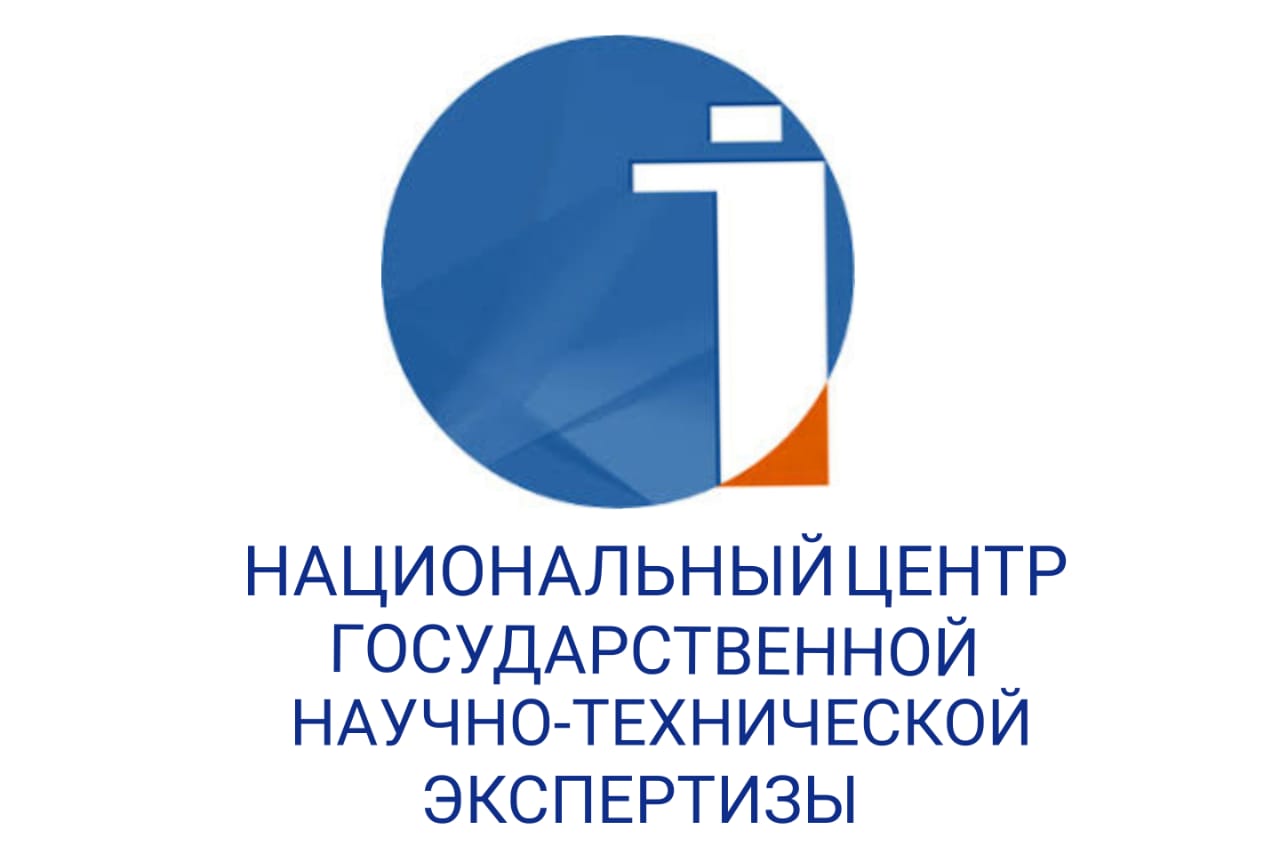LANGUAGE SYMBOLS IN THE INFORMATION SPACE
DOI:
https://doi.org/10.48371/PHILS.2022.64.1.006Keywords:
Language symbols, semiotics, culture, information space, symbolic significance, dynamics, systematic approachAbstract
. The article is devoted to the study of the functioning of language symbols in the information and communication space. The symbolic representation of reality is realized through a language encoding the meanings inherent in the symbols. They allow communication participants to navigate in the space of language and culture, the codes of which are a special universal way of understanding and presenting reality. The purpose of the article is to determine the status, functions, and linguistic and cultural features of symbols, to identify common, universal, and national-cultural aspects of language symbols. The theoretical significance of the study lies, first of all, in the fact that it highlights one of the important issues related to the development of language, with its deep structures and creative capabilities, in practical terms, it helps to determine the system of values adopted in a particular culture, provides information for penetration into the thickness of the ethnolinguistic and cultural layer, allowing more meaningfully decipher the hypertext of culture. During the analysis, the method of cross-correlation was used, which makes it possible to trace the connection between linguistic facts and ideas representing these phenomena, the method of linguoculturological semantisation, which makes it possible to highlight the national-cultural aspect, elements of linguoculturological commentary, as well as semiotic and pragma-functional approaches. The analysis allows us to present the described language units as elements of an integral system, where the core and periphery constantly interact and, in principle, can change places. In different cases, there is a different degree of explicitness, although the generalization property is inherent to one degree or another in all components of the figurative-symbolic arsenal as a whole. Symbolic reinterpretation includes a set of certain cognitive steps, and the mechanism of figurative use is the reduction of the old and the birth of the news based on the existence, the mechanism of symbolic use is considered as a generalization and the creation of a standard. The obtained data indicate the diversity, multi-stage and multi-vector nature of cognition, and modern linguistics explores the most important aspects of human mental activity – his consciousness and intellect, the peculiarities of perception and comprehension of reality, as well as ways of expressing these processes in language. The national identity of culture finds its expression especially vividly in the linguistic figurative-symbolic system. Symbols represent linguistic stereotypes that have a common linguistic and cultural change. The symbolic approach makes it possible to convey the communicative situation more accurately, and in the era of constant change of landmarks, symbols acquire special informational significance.








